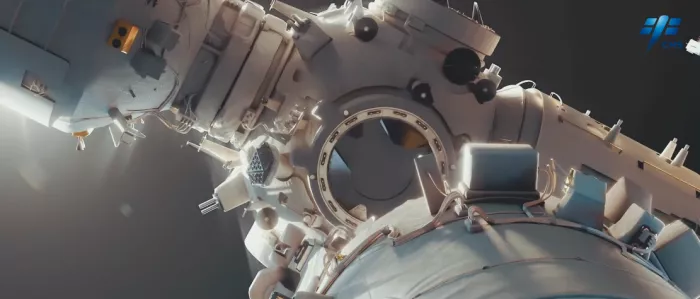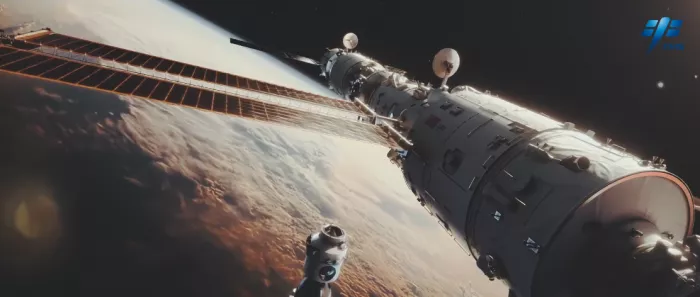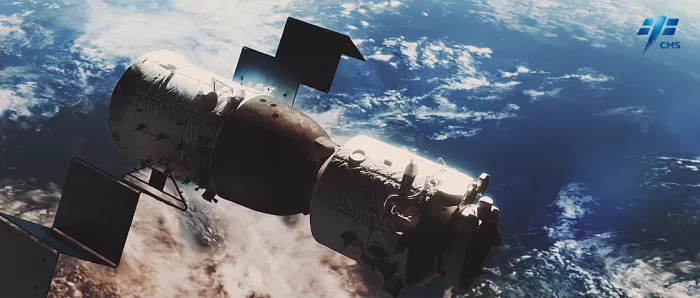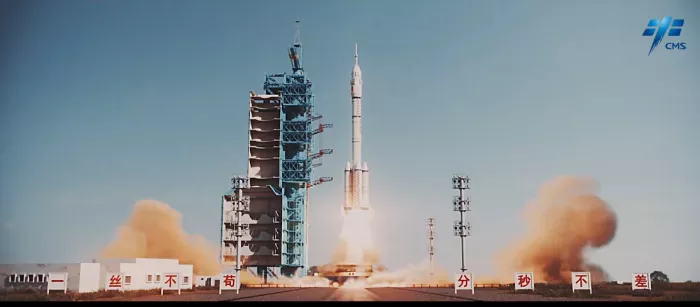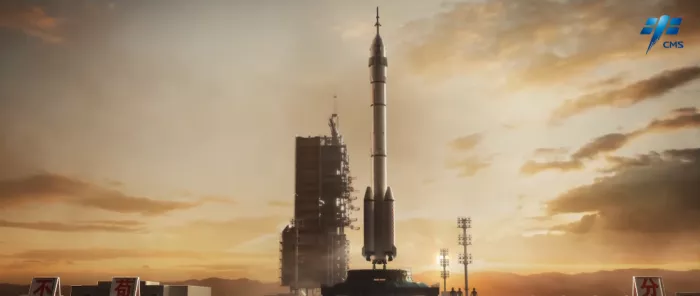On June 5, the launch of Shenzhou 14 was a complete success. Three astronauts, Chen Dong, Liu Yang and caixuzhe, took the Shenzhou 14 manned spacecraft to the China space station, and successfully docked and stationed in the core module that day* This morning, the China Manned Space Engineering Network @ manned space trumpet also released the official propaganda film of the Shenzhou 14 mission, which completely displayed the whole process of the launch, docking and other missions through ultra clear pictures, * it was a sci-fi blockbuster.
According to previous official information, during the Shenzhou 14 mission, the construction of the space station with the basic configuration of the Tianhe core module, the sky inquiry experimental module and the dreamsky experimental module will be fully completed, and the national space laboratory will be built**
Among them, the space inquiry experimental module is equipped with the same living facilities as the core module, including 3 sleeping areas, 1 health area and kitchen, which can ensure the life of astronauts.
It can also support the lives of six astronauts during the rotation of two manned spacecraft together with the core module
In addition, the sky test module is also equipped with an astronaut exit airlock. After the space station is completed, the airlock of the sky test module will be used as an airlock for astronauts' main exit activities. At this time, the node module of the core module is used for other functions, but only as a backup; The sky test module also has a backup module for the core module to manage and control the assembly.
The dreamsky experimental module is equipped with a cargo airlock and an extravehicular deployment test platform. In the future, the scientific test equipment that needs to be installed outside the cabin can be transported to the space station by the cargo spaceship, and then the load can be sent outside the cabin by the cargo airlock, and it can be installed on the platform outside the cabin by the mechanical arm or astronauts. In this way, the extravehicular test projects can be continuously updated.
